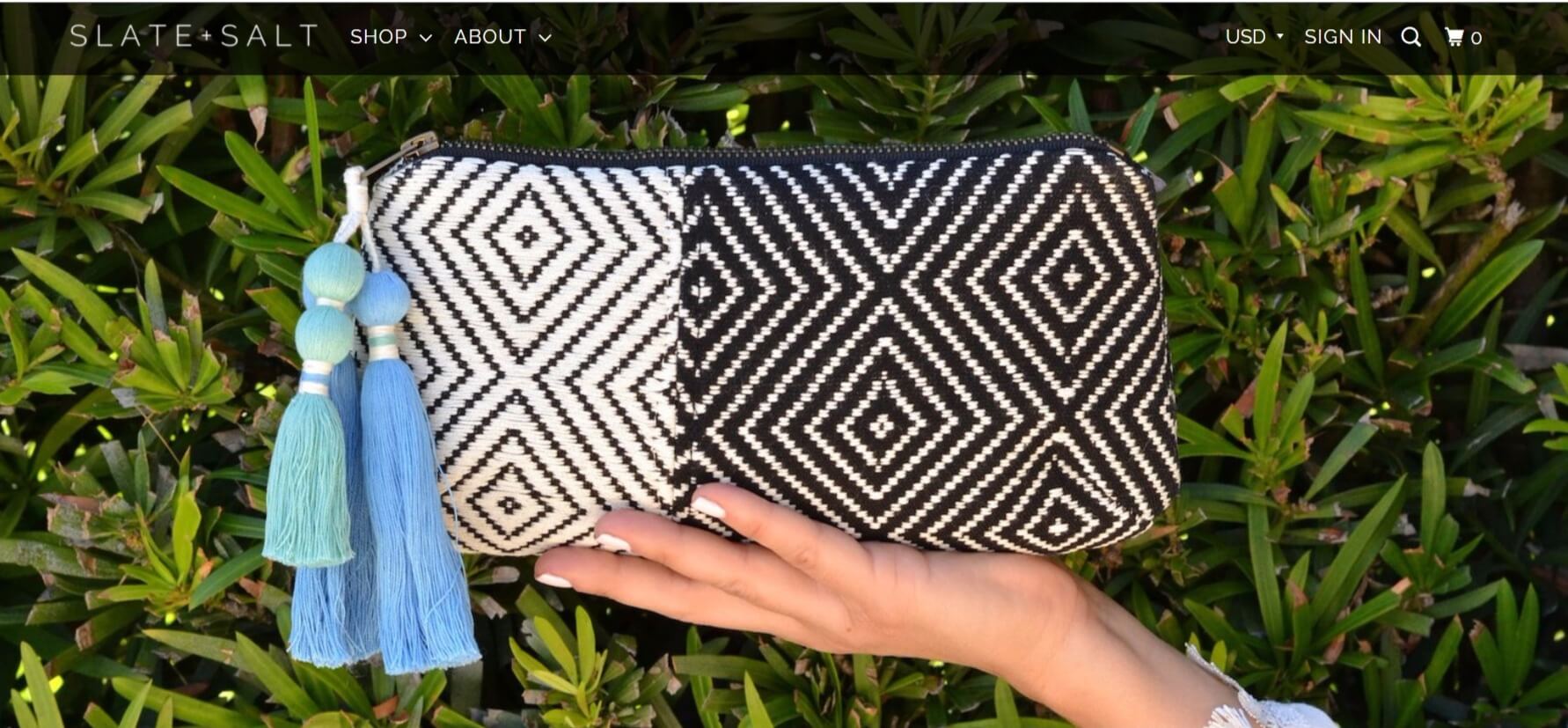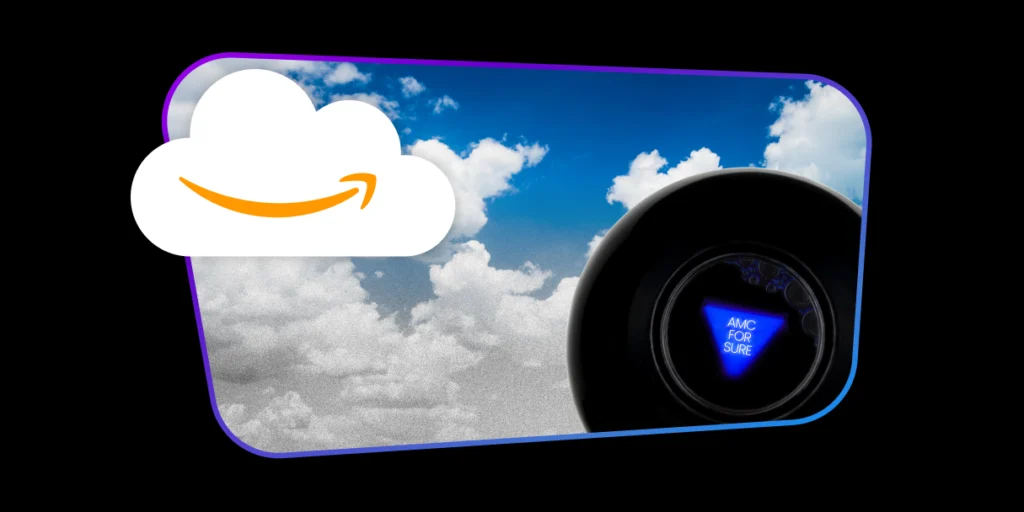*This is a guest post by Andrew Waber, Manager of Data Insights and Media Relations at Salsify.

Measuring success on ecommerce channels like Amazon needs to go beyond raw sales growth.
Precise growth rates vary from industry to industry, but eMarketer estimates overall ecommerce sales grew by 15.9% between 2016 and 2017 in the U.S., with online retail sales up by double digits YoY in every product category studied.
That continuing change in behavior makes it relatively easy for any company selling online to see some degree of sales growth through those channels. Get more SKUs online, sales follow.
But what if your competitors are growing faster than you are within those digital channels? Online sales growth rates of 10% can feel like victory, but if the overall digital sales growth of your category is closer to 20% YoY, then you are effectively losing market share.
Measuring Your Share of the Amazon Digital Shelf
It’s critical to measure your actual market share on given digital channels in order to set meaningful goals and strategies, and not fall behind competitors over time.
This piece will focus on calculating your brand’s market share on Amazon, for a specific product category, but these lessons should also help guide you for doing similar exercises for any online retailer.

You’ll notice that most of the links I use are from eMarketer for the purposes of an example, but NPD Group, Forrester, and many other firms do some great work in this area.
NOTE: A caveat here, utilizing this publicly available information lowers the barrier to calculate your digital market share, but it also is limited in its granularity. For example, specific product types, such as “ketchup,” are rolled up into the larger “food and beverage” category.
For a view into share of a specific product type, a good proxy/additional variable for this analysis would be using Amazon search rank and conversion data on the most popular broad category terms via your Vendor Central portal, or from a third-party source that can provide this.
Step 1: Learn the current value of sales coming from online channels, within your category
Use one or more third-party analyst sources, and average, if possible. Rather than use percentages, be sure to capture the raw category sales figures coming from online sources.
Example: eMarketer cites apparel and accessories as a $103.58 billion market in 2018. (source)

Step 2: Gather expected growth of online sales within your category
Long-term estimates are available via third-party analyst firms, and eMarketer is helpful in that they provide their own estimates alongside those of other research firms, for comparative purposes.
Example: eMarketer observed ecommerce apparel sales in the U.S. going from $61.06 billion in 2014 to an estimated $103.58 billion in 2018. They expect that number to reach $118.41 in 2019 – a YoY growth rate of 14.3%. (source)

Step 3: Calculate the Amazon-specific share of sales, by category, using historical data
eMarketer has put together two pieces of research that are good fits here. First is their study of US ecommerce sales by product category, the second is Amazon’s retail ecommerce sales share by product category.
While not exhaustive in terms of categories studied, together, these metrics should give you a handle on Amazon’s share of your respective product category.

Example: eMarketer cites Amazon’s share of apparel ecommerce sales rising from 13.4% to 14.4% to 15.4% from 2016 through 2018. That’s a roughly 7% increase in share per year. Assuming the same growth rate in 2019, we’d expect Amazon to capture 16% of all ecommerce apparel sales in 2019, for a total of $19.5 billion.
Step 4: Measure this total against your company’s current and historical Amazon 1P/3P sales
Those final totals of Amazon’s share of your category’s ecommerce sales allows you to measure that against your own sales figures, and calculate how your share has changed over time.
Optional: Estimate gray-market Amazon sales
Nearly all brands deal with third-party resellers of their products. Depending on how prevalent this is within your marketplace or for your brand, it may be worth augmenting your market share analysis with these gray market totals.
This is much easier to do if you have a tool that measures 3P numbers (e.g. One Click Retail), which give you a pretty good idea on how big an item is via gray-market sellers.
You can augment this information with the comparative sales rank or organic search rank results of gray-market listings. The biggest driver of the Amazon search algorithm is conversion rate, so those items that convert highest will frequently be in top 50 search results.
Conclusion
Using these more publicly available stats should give you a solid benchmark for measuring your brand’s share of Amazon’s digital shelf. As opposed to only tracking sales growth, following this share over time is a great way to gut check your brand’s progress in terms of maximizing the growth opportunity that comes with consumer shopping moving increasingly online.
Backing this up with deeper analyses of individual product line performance on important, category-oriented Amazon search terms can then help identify what products need the most attention from a promotion, or product content perspective.

On that latter point, this product content grader we released for Amazon and Wal-Mart can help identify these more tactical elements.
You Might Be Interested In












